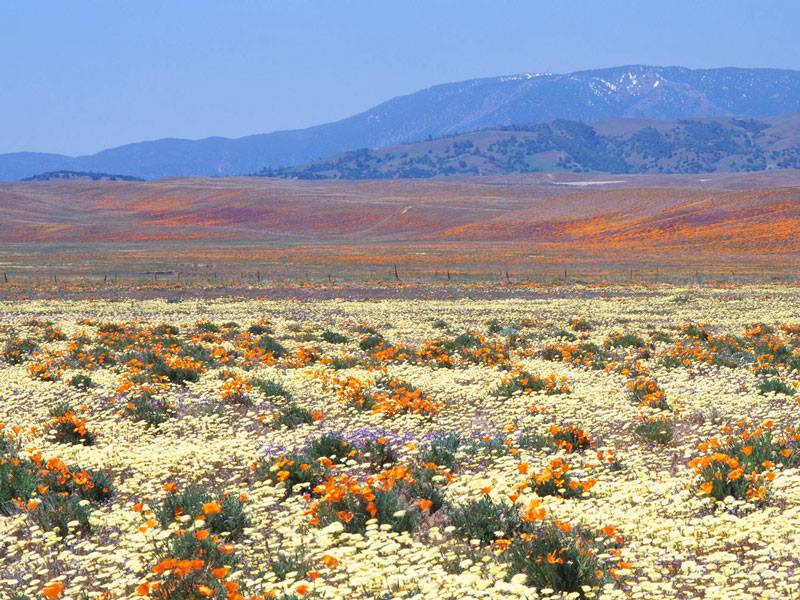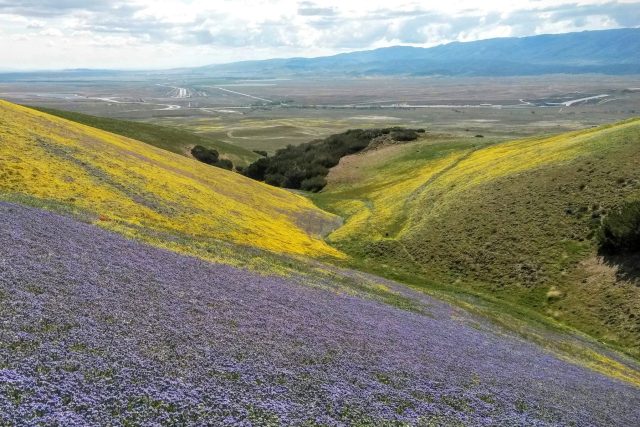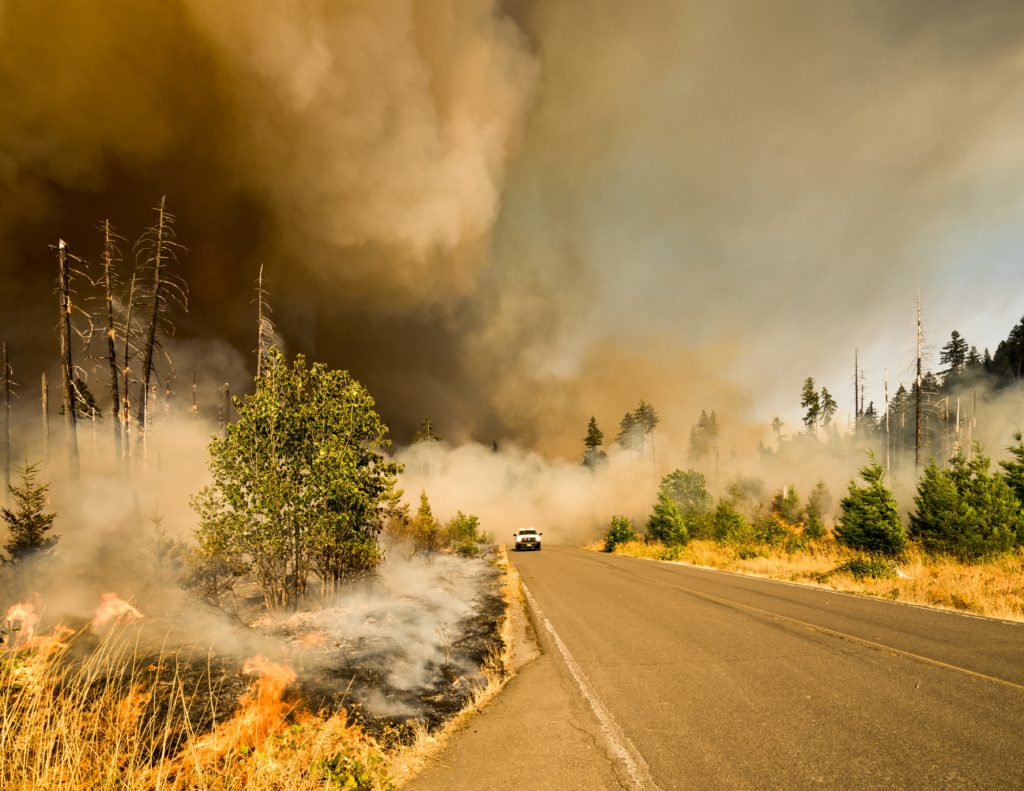
In April of 2021, a judge threw out Centennial’s approvals based on inadequate measures to reduce global warming and wildfire risks in the Environmental Impact Report, calling for a new environmental review.
Support EcoJustice Radio with a Tax-Deductible Donation
Subscribe to EcoJustice Radio: Apple Podcasts | SoundCloud | Google | Spotify | Stitcher | YouTube | Links
As part of the incessant need for what some people call “growth” we inevitably destroy resources, especially when that “growth” happens to be sprawling land development. Is this type of growth necessary? Will it provide real housing opportunities to those most in need? However, when a development project does not make common sense, when it invades ecological integrity, destroys irreplaceable resources and it puts people in harm’s way, should the project be sent back for review?
Located 70 miles NW of Downtown LA, Centennial would be accessed by Hwy 138 near Interstate 5, close to Gorman a small town with limited amenities. The project sits upon 270,000 acres of private property where they want to build 20K homes and 10 million square feet of commercial and retail space (although a hospital does not exist in the current plan).
Dr. Nick Jensen speaks on the massive wildfire risk inherent in building on mountain grassland landscapes like Tejon Ranch.
The planning of Centennial began 20 years ago, but it received its approval by the Los Angeles Board of Supervisors in December 2018. Thanks to litigation by the Center for Biological Diversity and the California Native Plants Society the project has to go back to the County Board of Supervisors for further environmental approval.
Sign the Petition: http://biodiv.us/keepcaliforniawild


Tejon Ranch’s Centennial: A Fiscal and Fire Disaster Waiting to Happen for LA County
By Jack Eidt, Originally Published at CityWatch LA
In this time of recurring climate-induced wildfire disasters, where many have died, and thousands of homes, schools, and businesses have burned to the ground, should we be putting more people in the path of danger by building flammable communities out in the flammable wilds?
Approved in 2018 by the Los Angeles County Board of Supervisors and now under litigation, the proposal by the Tejon Ranch Company to develop Centennial, a community for 60,000 people, in a remote, wildfire-prone section of Los Angeles County, is a disaster waiting to happen.


The Wrong Answer to a Housing and Transportation Emergency
As an urban planner advocating for our region to take collaborative action on the predicted mess we face from climate disruption, hotter heat waves, longer fire seasons, stronger Santa Ana Winds, I submit that not building fire-trap sprawl communities is the first decision necessary to head off more future problems. We have transportation sustainability and housing affordability emergencies to deal with, but Centennial solves neither, and we can and must do better.
Zero public transit will serve these 19,000 homes and 8.4 million square feet of commercial space. Taxpayers would instead be forced to shell out at least $830 million to expand Highway 138 and will stuff 75,000 new commuter trips to work or shop or play in far-off Santa Clarita or Downtown LA. Why would our County spend millions on more roads instead of improving mobility within the already-gridlocked metropolitan area, where easily that much housing and more could be encouraged.
Last century’s answer to affordable housing was to force millions of Southern Californians into their cars for multi-hour commutes, gobbling up land and people’s lives trapped in their cars. Today’s sustainability emergency requires scarce public taxpayer funds invested to promote light-rail-oriented housing and transportation-efficiency-makeovers in underfunded cities like Bell, Compton, Norwalk, and Gardena.

Watch this video on YouTube
More Sprawl: A Model for the Country, An Example for the World?
Supervisor Janice Hahn has portrayed herself as a progressive environmentalist, remarking that LA County can be “a good model for the rest of the country, and an example for the world.” Approving and investing in more leapfrog, car-addicted communities in the path of more fires, destroying rare grasslands and habitat for endangered species, putting further stress on water resources, amounts to land use malpractice: the example of doing the same thing we have always done and expecting different results.
Tejon Ranch and LA County planners claim that Centennial would be built as a fire-proof community, but since Ventura, Sonoma, LA, and Butte Counties have been hit with massive human, property, and environmental losses from severe, wind-driven wildfires, we must admit we are not prepared.
Centennial is planned on land deemed with “high” and “very high” fire hazard severity, and since 1964, 31 fires have incinerated larger than 100 acres of the surrounding landscape. More people settling into a hot, windy place, subject to more intense weather as the climate continues to warm, doesn’t seem a reliable bet. How would 60,000 people evacuate for an emergency when the two escape roads out could be blocked – yes, a recipe for disaster. County planners have not been required yet to devise the escape plan.


We Need Solutions, Not Press Releases
I am most concerned about Supervisor Kathryn Barger, whose district Centennial is in, when she spoke on her fellow decision makers responsible for deciding this project: “It’s going to be a [Board of Supervisors] that will be looking for solutions to problems.” In the context of a press release, a project promising almost 20,000 homes sounds like a solution to the housing crisis, but who can afford them? Who would want to live out there and drive everywhere? When the bottom fell out of the housing market in 2008, housing in the nearby Antelope Valley lost a good proportion of its value. What about the next crash, that maybe will be both environmental and financial? Centennial is a solution that presents massive problems and seems like a very bad fiscal bet for the County.
The California Environmental Quality Act requires alternatives proposed that would reduce the land area and development intensity, but their studies fail to comply. Maybe this isolated location might be suitable for 1,000 new residents, a small town that would include restaurants and businesses, like the nearby community of Frasier Park. The balance of the landscape should be permanently protected as valuable wildlife and plant habitat. Tejon Ranch Company could sell the land to the State of California for a state park, which would allow the public to explore the wild paths covered in seas of wildflowers in the spring, with California condors soaring overhead.
A Critical Choice for California’s Future
The LA County Board of Supervisors decided to get on the wrong side of history by approving this dangerous mix of flammable houses planned for a flammable landscape? They have decided to dedicate scarce resources to car-addicted, carbon-intensive sprawl, rather than invest in improving mobility and adaptive housing opportunities in our existing communities.
Frankly, the only choice should have been to reject Centennial for the corporate real estate boondoggle that sacrifices the region’s long-term sustainability as well as places future residents in the path of wildfire harm.
Jack Eidt is the Director of Wild Heritage Planners and publisher of the blog, WilderUtopia.com. He also is a co-founder of the climate change activist organization, SoCal350.org.
More information: http://cnps.org/centennial
Image of Tejon Ranch from Kyle Hanson, SoCal 360.
Updated 21 May 2021









Pingback: Suburban Sprawl: Serpentine Sameness from the Skies - WilderUtopia